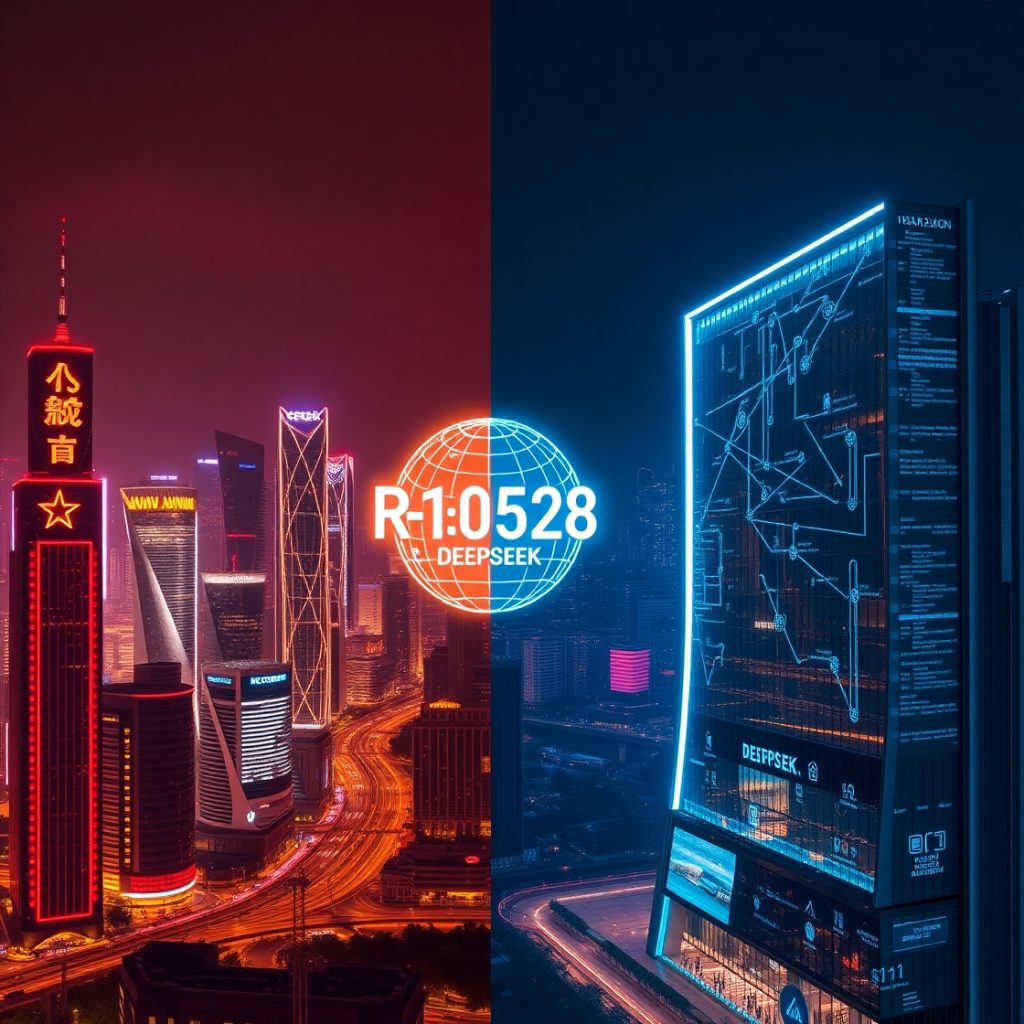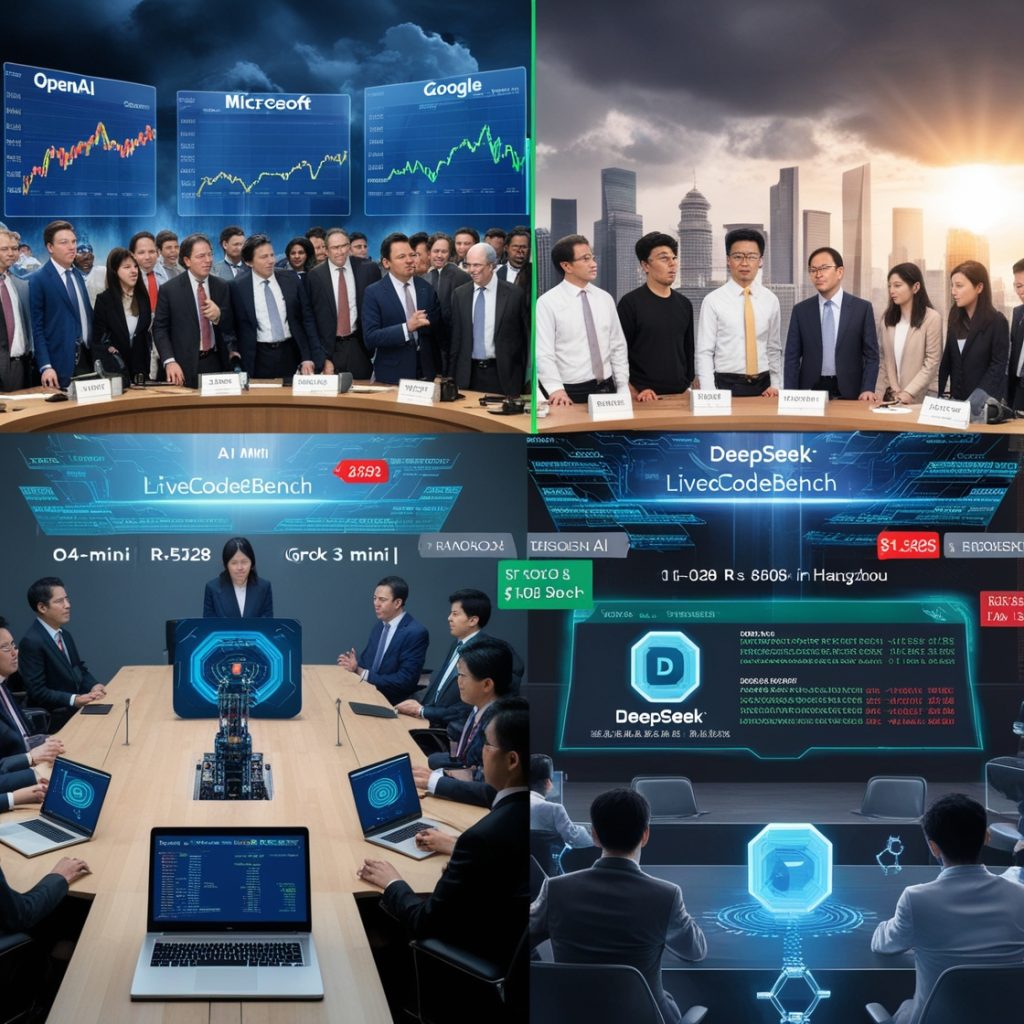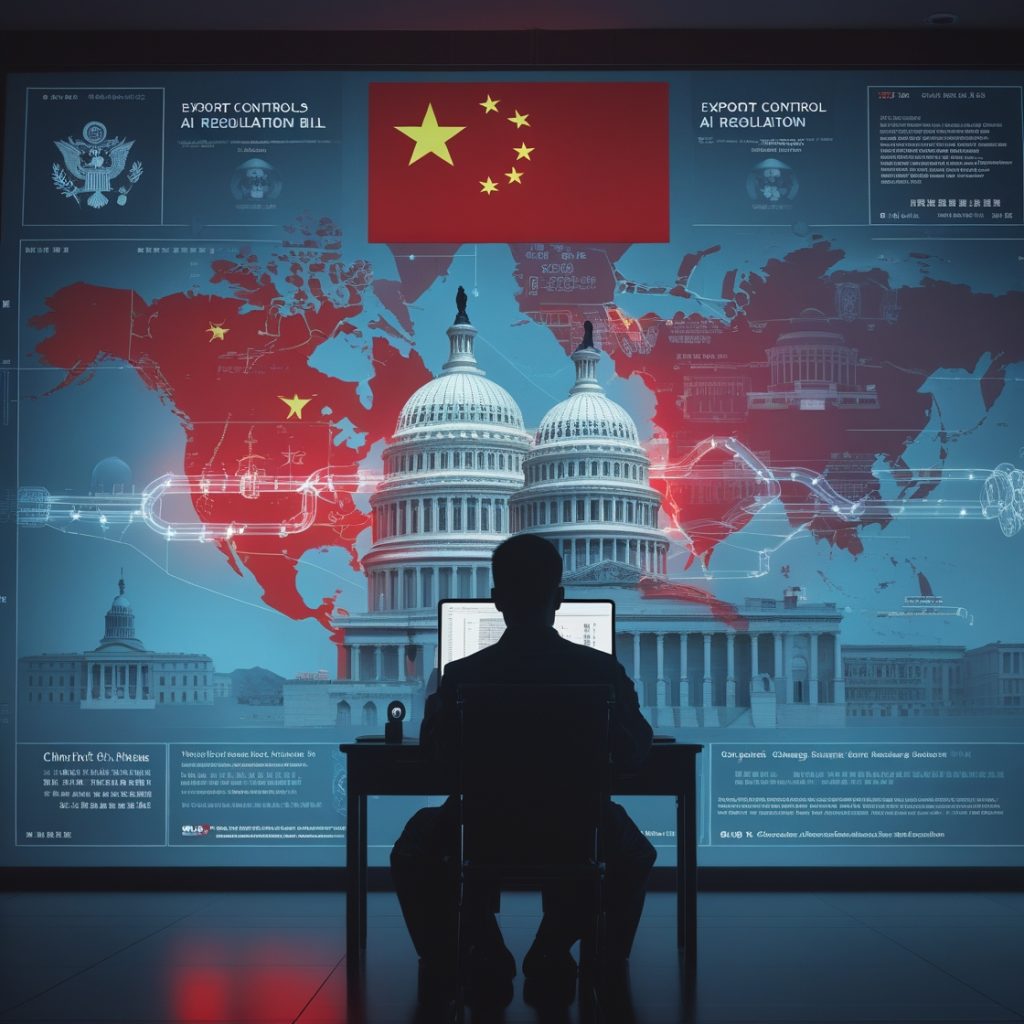In a move that has sent ripples through the global tech industry, Chinese AI startup DeepSeek quietly released a significant upgrade to its R1 reasoning model, dubbed R1-0528, on May 29, 2025.

Launched without fanfare on the open-source platform Hugging Face, the update bolsters DeepSeek’s position as a formidable challenger to Western AI giants like OpenAI, Microsoft, and Google. With enhanced reasoning, a 45-50% reduction in hallucinations, and superior performance in coding and mathematics, R1-0528 underscores China’s accelerating AI prowess and intensifies the U.S.-China tech rivalry, raising questions about innovation, cost efficiency, and global AI governance.
A Technical Leap Forward
The R1-0528 upgrade, described by DeepSeek as a “minor trial upgrade,” is anything but modest. Built on a 685-billion-parameter architecture, the model leverages advanced “cold-start” data strategies and reinforcement learning (RL) to achieve significant improvements. According to the LiveCodeBench leaderboard, developed by researchers from UC Berkeley, MIT, and Cornell, R1-0528 ranks just behind OpenAI’s o4-mini and o3 models in code generation, surpassing xAI’s Grok 3 mini and Alibaba’s Qwen 3. It excels in complex reasoning tasks, programming, and creative outputs like essay writing, with developers on X praising its ability to handle intricate prompts with fewer errors. @svpino noted, “DeepSeek’s R1-0528 is a punch in the face to American AI labs, forcing humility.”
The original R1 model, launched in January 2025, stunned the AI world by matching OpenAI’s o1 performance at a fraction of the cost—reportedly a few million dollars compared to the billions spent by U.S. firms. The upgrade builds on this foundation, reducing hallucinations—AI-generated inaccuracies—by 45-50% and improving efficiency in inference and reasoning.

“This version shows DeepSeek is not just catching up, it’s competing,” said Yakefu, a DeepSeek representative, in a WeChat group. The model’s open-source MIT license has fueled its adoption, with over 2.5 million downloads of derivative R1 models on Hugging Face, according to CEO Clem Delangue.
Shaking the Western AI Establishment
DeepSeek’s rapid ascent has rattled Western tech giants, who have long dominated the AI landscape through massive investments in computational infrastructure. The January R1 launch triggered a $600 billion drop in Nvidia’s stock, as investors questioned the necessity of costly AI training regimes. R1-0528’s release, timed just before Nvidia’s latest financial report, reignited these concerns. Nvidia CEO Jensen Huang recently challenged claims that China lags in AI chip development, pointing to DeepSeek’s efficiency as evidence of alternative innovation paths.
Western responses have been swift but strained. OpenAI introduced price cuts and scaled-down models like o3 Mini, while Google’s AI Mode for Search struggles with inaccuracies, such as misidentifying parks with picnic tables. Microsoft, named Jefferies’ top AI pick after its Build 2025 conference, is leaning on its Copilot assistant to maintain developer loyalty, but DeepSeek’s cost-effective approach threatens to undercut these efforts. X posts reflect growing unease, with @BarrettYouTube questioning how DeepSeek achieved such performance, hinting at unverified suspicions of shortcuts, though no evidence supports these claims.

“The fast pace of model releases since R1 has caused ‘model fatigue’ among investors,” said Gary Tan, portfolio manager at Allspring Global Investments. DeepSeek’s strategy of delivering high performance with minimal resources challenges the Western narrative that AI dominance requires vast computational power. Peter Rutten, research VP at IDC, noted, “DeepSeek’s approach shows that large AI development is within reach for enterprises at a fraction of the infrastructure cost.” This efficiency has forced U.S. firms to reassess their strategies, with OpenAI reportedly seeking government support to counter DeepSeek’s advances.
Geopolitical Stakes in the AI Race
The R1-0528 upgrade arrives amid escalating U.S.-China tech tensions. U.S. export controls on advanced AI chips, intended to curb China’s technological progress, have proven ineffective against DeepSeek’s resource-light approach. Speculation suggests the startup may be leveraging Huawei’s Ascend chips, potentially vertically integrating its AI supply chain. This resilience has made DeepSeek a symbol of China’s ability to compete with Silicon Valley, with founder Liang Wenfeng celebrated as a national hero after a high-profile meeting with President Xi Jinping in February.
However, DeepSeek’s open-source model raises concerns. Earlier models like V3 and R1 were criticized for lax security, with reports of easy jailbreaking. The R1-0528’s open MIT license, while fostering innovation, risks misuse by bad actors, especially as its capabilities are applied to sensitive fields like military research. A South China Morning Post report noted that DeepSeek’s technology is already aiding China’s Shenyang Aircraft Design Institute in developing warplanes, raising alarms in Western defense circles.

The U.S. is grappling with its own AI governance challenges. A recent GOP bill, narrowly passed in the House, proposes a 10-year ban on state-level AI regulations, drawing criticism from advocacy groups and senators like Josh Hawley. DeepSeek’s unchecked progress highlights the difficulty of regulating a global AI ecosystem, with X users like @kimmonismus calling R1’s open-source release a “geopolitical power struggle.”
Domestic and Global Competition
Within China, DeepSeek faces stiff competition from Alibaba, Tencent, and Baidu. Alibaba’s Qwen3 briefly overtook R1 as the top open-source model on LiveBench in early May, but R1-0528 has reclaimed the lead in coding benchmarks. Baidu’s Robin Li recently dismissed text-only models like R1 as losing relevance, pushing multimodal AI like Ernie 4.5 Turbo. Yet DeepSeek’s focus on reasoning and cost efficiency keeps it ahead, with anticipation building for its R2 model, initially expected in May but still unannounced.

Globally, DeepSeek’s impact is profound. Its affordability empowers small businesses and developing nations, but it also disrupts Western market dominance. “DeepSeek’s R1 isn’t just another AI model—it’s a massive disruption,” posted @MarioNawfal on X, noting its 93% cost reduction compared to OpenAI’s o1. The model’s App Store dominance and developer enthusiasm signal a shift toward accessible AI, challenging the high-cost models of Silicon Valley.
Looking Ahead
As DeepSeek prepares for R2, speculation swirls about its potential to double R1’s parameters to 1.2 trillion, possibly using a hybrid Mixture of Experts (MoE) architecture. The startup’s silence on R2’s timeline only fuels anticipation, with X users and developers eagerly awaiting a model that could further upend the AI landscape. For now, R1-0528 stands as a testament to DeepSeek’s ability to innovate under constraints, forcing Western giants to rethink their approach to AI development.

The global AI race is no longer a one-sided affair. DeepSeek’s R1-0528 has not only leveled the playing field but also rewritten the rules, challenging the West to match China’s ingenuity or risk falling behind in a defining technological battle.
Copyright: dhaka.ai



